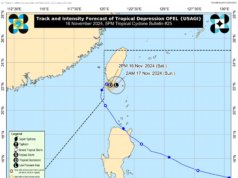Sometimes rare diseases can let scientists pioneer bold new ideas. That’s been the case with a condition that strikes fewer than 100 babies a year in
Sometimes rare diseases can let scientists pioneer bold new ideas. That’s been the case with a condition that strikes fewer than 100 babies a year in the United States. These infants are born without a functioning immune system.
The disease is called severe combined immunodeficiency, or SCID. «It was made famous in the mid ’70s when the ‘Bubble Boy’ was described in a documentary, and I think it captured the imagination of a lot of people,» says Matthew Porteus, a pediatrician at Stanford University.
David Vetter was the boy who spent most of his short life inside a plastic bubble to protect him from infection. He died at the age of 12 in 1984.
All babies born in the United States are now screened for this condition, and the best treatment today — a bone marrow transplant — succeeds more than 90 percent of the time. The disease remains a source of great interest to researchers.
«This is one of those diseases in which there’s probably more doctors and scientists studying the disease than patients who have the disease,» Porteus says.
In the 1990s, European scientists actually cured SCID in some patients, using a technique called gene therapy. This process involves removing defective blood cells from a patient, inserting a new gene with the help of a virus, and then putting the cells back into the body. Those cells then build up the patient’s immune systems.
At first this treatment in the 1990s and early 2000s looked really promising.
«Of the 20 patients, they all had immune recovery,» says Donald Kohn, an immunologist at UCLA’s Broad Center of Regenerative Medicine and Stem Cell Research. «But, over time, five of them went on to develop a leukemia.»
He says 18 of those original patients are still alive today, but the incident put an understandable pall on the whole field of gene therapy.
Scientists went to work to figure out how to inject new genes into cells without triggering leukemia, a cancer of blood cells.






